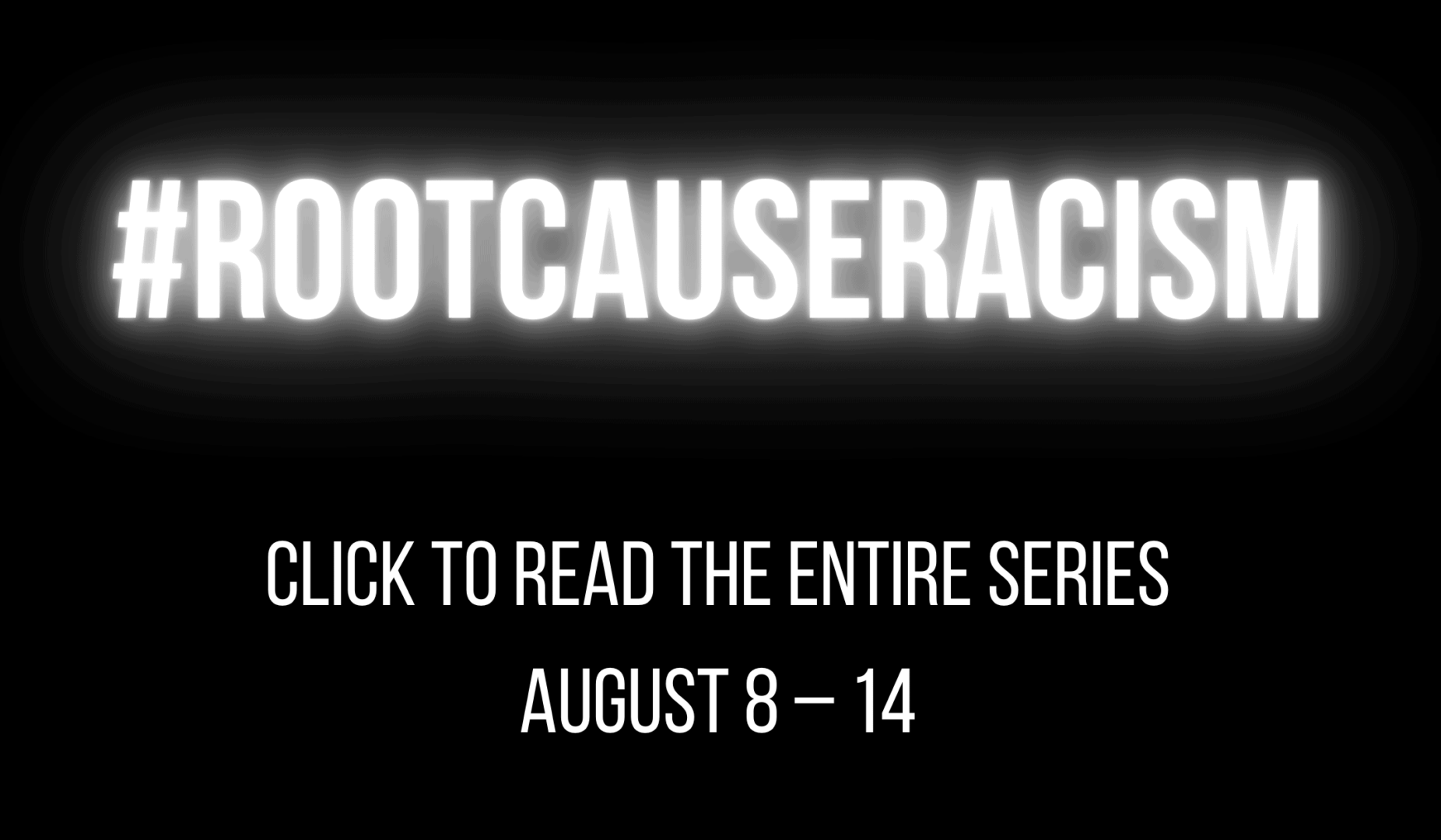“In this unfolding conundrum of life and history, there “is” such a thing as being too late. This is no time for apathy or complacency. This is a time for vigorous and positive action.”
Martin Luther King, Jr.

In 2001, the Institute of Medicine published the report, “Crossing the Quality Chasm: A New Health System for the 21st Century.” In that report, it called for urgent changes to healthcare systems to close the quality gap. The report detailed practices that were seen to impede the provision of quality and detailed six aims that healthcare should embrace to facilitate the creation of a “new health system”.
In that report, it described six aims of a “quality” health system. In that system, care would be, “safe, timely, effective, efficient, patient-centered and equitable.” Unfortunately, although some organizations have made measurable improvements, others lag behind and “equity” has remained elusive. As a matter of fact, many feel that the “equity gap” has indeed grown since that groundbreaking report.
Covid-19 has brought the lack of equity to the forefront internationally. In countries like the US and UK, people of color have been disproportionately harmed than any other segment of the population. For example, Black persons constitute 13% of the U.S. population but account for 20% of Covid-19 cases and more than 22% of Covid-19 deaths, as of July 22, 2020. Hispanic persons, at 18% of the population, account for almost 33% of new cases nationwide. (Commonwealth Fund). Black, Latino, and Native American people are way more likely to get coronavirus, be hospitalized, and die.
Internationally during the pandemic, these racial and ethnic disparities have made visible the long-standing failure of health systems to adequately care for persons of color in many countries. Just like the wave of protests that swept the world in response to the George Floyd killing, many of the international protests started in the support of the American who died at the hands of police brutality — but when you followed the stories, you found that often protestors were highlighting their own local issues. Issues related to race and the threat of police violence when encountering persons of color. People of color along with their allies lifted a global united voice to say, “Enough is Enough!” It's not just an American problem, it's a global issue.
While unpacking the issues related to the “failure of health systems to adequately care for persons of color” is complex, there has been significant research in the area. We know that a health organization will not have the power to improve all of the contributing factors to this complex problem but they do have the power to address disparities directly at the point of care and to impact many of the determinants that create these disparities. So we have to ask, even challenge healthcare leaders with the question, “do we have the will, the courage to take what we now know and translate it into practice in our organizations?”
What are some of the system vulnerabilities that we know exist?
In 2003, a Committee of the Institute of Medicine of the National Academy of Sciences summarized hundreds of studies documenting that US racial minorities, especially African Americans, receive poorer quality health care for a wide variety of conditions (including management of pain) than their White counterparts.
The racial differences in health care persisted even after the researched controlled for the patients insurance status or ability to pay for care and other socio-demographic factors. The group reached the conclusion that the physicians' unconscious negative stereotypes of African Americans, and perhaps other people of color, likely contribute to these health care disparities. (James, 2017)
While minorities are more likely to have chronic conditions like diabetes or high blood pressure, and respiratory conditions we know that these conditions can be linked to many of the social determinants of health, e.g. housing, transportation, food insecurity, and lack of access to insurance and healthcare.
People of color often experience stress and micro aggressions in the workplace.
History of unequal treatment Now & Then:
Then: 1800s – Dr. J Marion Sims who conducted experiments on enslaved Black women without anesthesia. It is said that he operated under the racist notion that Black people did not feel pain.
Then: Tuskegee Syphilis Study, which begun in 1932 when there was no known treatment for syphilis. In 1947, despite the fact penicillin became the recommended treatment for syphilis the participants were not treated. In fact, the study continued until July 1972 and only came to an end after a story was leaked to the media. The study was more important than the people who were being harmed with death, blindness and insanity.
Now: Maternal mortality decreasing around the world, while in the USA maternal mortality is increasing among black women. Researchers found that of the 658 women who died of maternal causes in 2018, black women feared the worst, dying 2½ times more often than white women (37.1 vs 14.7 deaths per 100,000 live births).
Now: National Academy of Science study revealed that of 222 medical trainees 50% believed such myths as black people thicker skin or less sensitive nerve endings than white people.
“Knowing is not enough; we must apply. Willing is not enough; we must do.”
Goethe
Race and racism is one of the most difficult discussions to have. In some ways, it is easier not to address, easier to tackle the long list of other issues that we are faced with, but over the past few months it's become more and more apparent that now is the time for action, there are no more tomorrows. As I read and researched in preparation to write this blog I came across so many stories, too many stories of racial inequality in healthcare.
Dr. Shalon M. Irving
Dr. Shalon M. Irving dedicated her life to understanding how structural inequality, trauma, and violence affect health over a lifetime. She passed away in 2017, just three weeks after giving birth, calling national attention to disproportionately high rates of maternal mortality among Black women. (View her story at https://fierceurgencynow.com/events).
As I watched her story, I realized that instead of me writing this blog she should have been with us to carry on her work but instead, the world will no longer benefit from her amazing talent and abilities.
Her mother's reflections will stay with me, “her daughter died because her pain hadn't been taken seriously by her health provider.”
Practical Strategies – If you haven't already, start now!
In a reaction to the death of George Floyd, companies all over the world have felt compelled to release statements on their stance on race, racism and equality. As these statements flooded in the social media spaces, many responded in a skeptical manner. Why? People want action not just words.
Recommendation: Start with Data – Can't Change What You Don't Know
Collect data and regularly and transparently share results
Available Resource: The Improving Health Equity: Assessment Tool for Health Care Organizations is available at IHI.org. This tool has been tested and validated and support any healthcare leader to rapidly identify potential gaps in their local context.
Recommendation: Make health equity a strategic priority
Develop structure and processes to support health equity work;
Deploy specific strategies to address the multiple determinants that your healthcare organization can have a direct impact;
Tailor quality improvement efforts to meet the needs of marginalized populations;
Not another silo – integrate with Quality and Patient Safety agenda to focus on clinical improvements and culture;
Recommendation: Decrease institutional racism within the organization
Use the Implicit Bias Test to help staff and provider uncover their unconscious bias and use the data to help all to learn;
Listen to staff and providers' stories;
Work with your human resource team to address the presence of micro-aggressions;
Integrate education and training of unconscious bias into the patient experience training ;
Recruit, retain, and develop employees at all levels and address pay equities;
Recommendation: Develop partnerships with your local community
Engage patients and family in meaningful ways;
Use patient and community stories;
Review physical environment to ensure the spaces are inviting to the community; and
Encourage healthy behaviors.
References/Resources
- Access Alliance. (2018). Health Equity Toolkit: A Resource Inventory for Healthcare Organizations. Toronto (Ont)
- Berwick DM. The moral determinants of health. Journal of the American Medical Association. June 12, 2020
- Feeley D, Torres T. The role of racism as a core patient safety issue. Healthcare Executive. 2020 Jan; 35(1):58-61.
- Institute of Medicine. 2003. Unequal Treatment: Confronting Racial and Ethnic Disparities in Health Care. Washington, DC: The National Academies Press. https://doi.org/10.17226/10260
- Institute of Medicine (US) Committee on Quality of Health Care in America. Crossing the Quality Chasm: A New Health System for the 21st Century. Washington (DC): National Academies Press (US); 2001.
- Improving Health Equity: Guidance for Health Care Organizations. Boston: Institute for Healthcare Improvement; 2019. http://www.ihi.org/resources/Pages/Publications/ImprovingHealth-Equity-Guidance-for-Health-Care-Organizations.aspx
- Improving Health Equity: Assessment Tool for Health Care Organizations available at IHI.org
- James SA. The strangest of all encounters: racial and ethnic discrimination in US health care. Cad Saude Publica. 2017; 33Suppl 1(Suppl 1):e00104416. Published 2017 May 8. doi:10.1590/0102-311X00104416
- Pregnancy Mortality Surveillance System (Available CDC.Gov)
- Racial Equity Impact Assessment Toolkit available at https://www.raceforward.org/practice/tools/racial-equity-impact-assessment-toolkit
- Sivashanker K, Gandhi T. Advancing safety and equity together. New England Journal of Medicine. 2020 Jan 23;382:301-303
- Wyatt .Wyatt R, Laderman M, Botwinick L, Mate K, Whittington J. Achieving Health Equity: A Guide for Health Care Organizations. IHI White Paper. Cambridge, Massachusetts: Institute for Healthcare Improvement; 2016. (Available at ihi.org)


Please scroll down (or click) to post a comment. Connect with me on LinkedIn.
Let’s work together to build a culture of continuous improvement and psychological safety. If you're a leader looking to create lasting change—not just projects—I help organizations:
- Engage people at all levels in sustainable improvement
- Shift from fear of mistakes to learning from them
- Apply Lean thinking in practical, people-centered ways
Interested in coaching or a keynote talk? Let’s start a conversation.









![When Was the Last Time a Leader Around You Admitted They Were Wrong? [Poll]](https://www.leanblog.org/wp-content/uploads/2025/07/Lean-Blog-Post-Cover-Image-2025-07-01T212509.843-100x75.jpg)
Thank you for this thoughtful, evidence-based and professional piece. I will be sharing the IHI Health Equity tool with my health care strategic planning clients starting with the first agency in October.